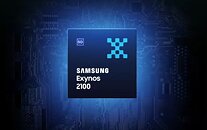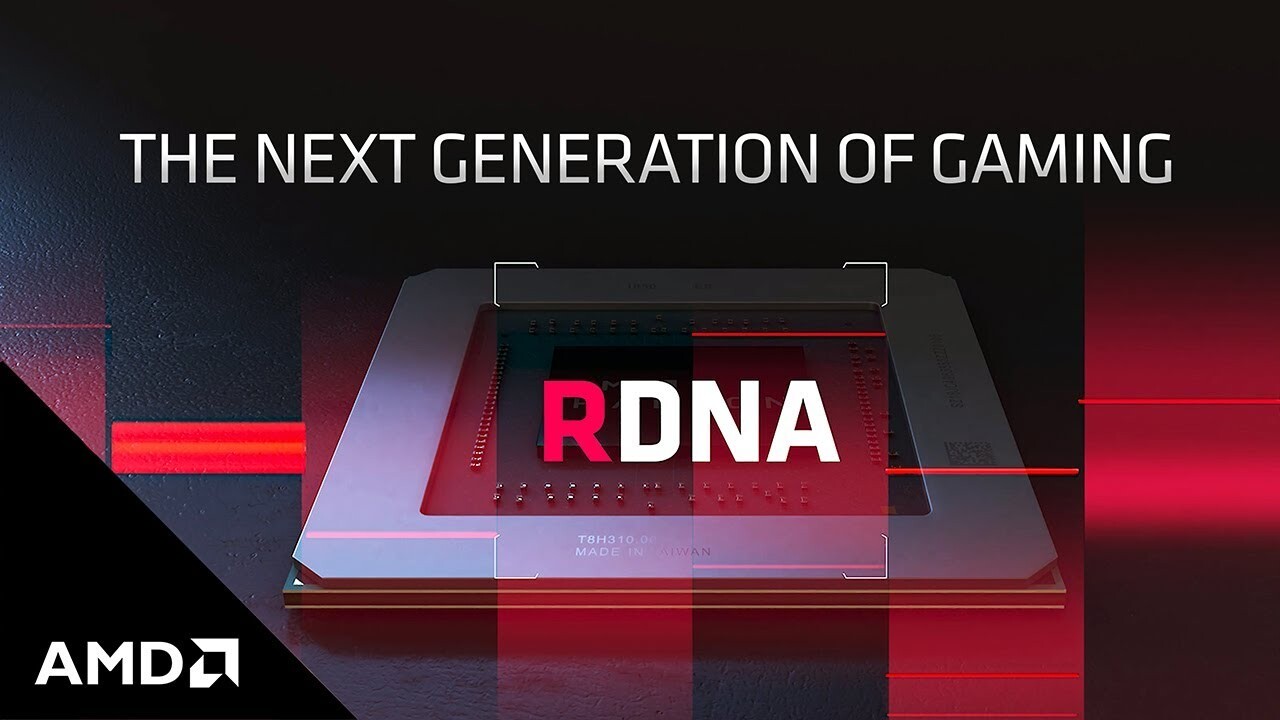This.
AMD haven't prioritised IGP performance at all for the entirety of Zen Mobile. My 2700U is still close enough in graphics performance to the latest Cezanne 5000-series, according to early reviews. No matter how much you dress it up with faster RAM and higher clocks, Vega8 was a downgrade from Vega10 in the first-gen Ryzen mobiles - and that's assuming you could even find a Vega8. There were so few of the 4800U that even many of the popular reviewers gave up waiting and reviewed the 4700U instead! With CL14 DDR4-2400 and (temporarily) unrestricted power budget, my three year old 2700U was pretty comparable to the 4700U, just because it had 10CUs to the 4700U's 7. Also, at 1080p and under, bandwidth is less of an issue than absolute latency, and most of the DDR4-3200 Renoir models are using cheap, high-latency RAM

The one and only improvement AMD have made to their IGPs in the last 3.5 years is moving to 7nm. All that brings to the table is higher clocks within any given cooling envelope, and I have to limit my 14nm Raven Ridge laptop to 22.5W for any long-term usage. 35W needed to reach 1100MHz+ on the graphics will overwhelm the cooling in under 10 minutes. The performance isn't exactly rocket-science maths though:
Raven Ridge Vega10: 10CU x 1100MHz = 11000
Cezanne Vega 7 = 7CU x 1800MHz = 12600
That's an
incredible (/s) 14% improvement over three years and three generations of x700U SKU.
RDNA2 is sorely needed in AMD's APUs. They also need to focus on less die-area for CPU cores and more die area for graphics. Nobody using a 15W laptop is going to care about having 16 threads running - especially since the 15W limit is likely to dial back the clocks of those threads
hard, anyway. What would make more sense would be to drop Rembrandt (6000-series) down to 6-cores and potentially free up enough die area to boost the graphics from 8 Vega CUs to 12-15 Navi CUs. Each CPU core is easily as big as three Vega CUs on the existing dies.











